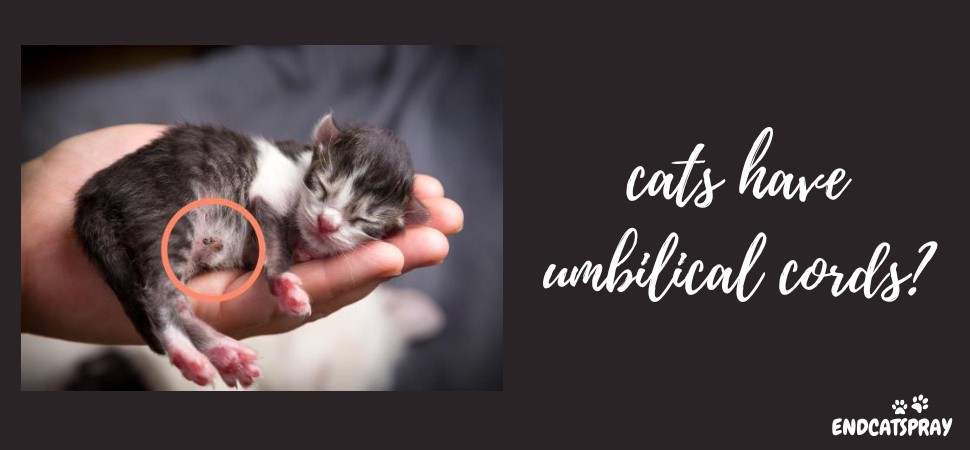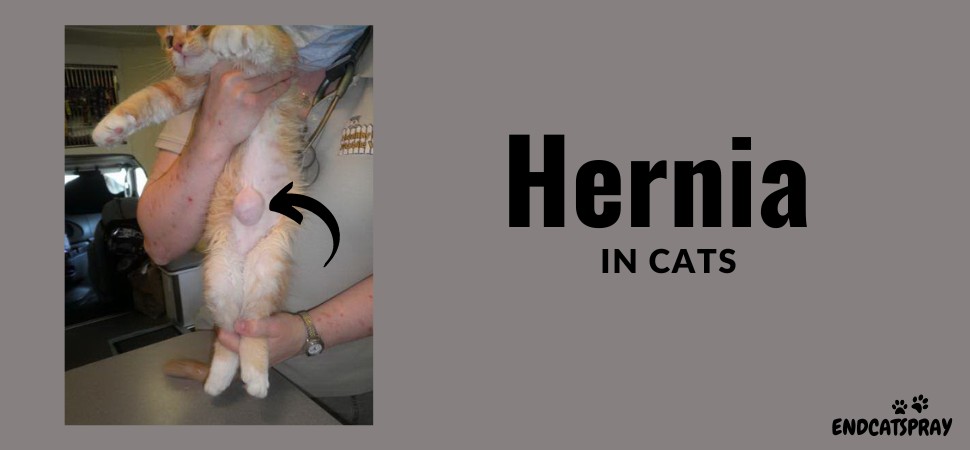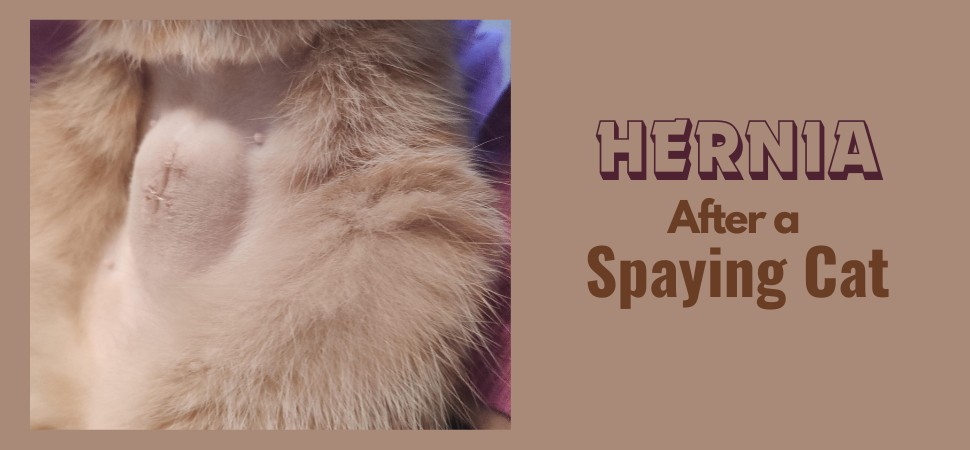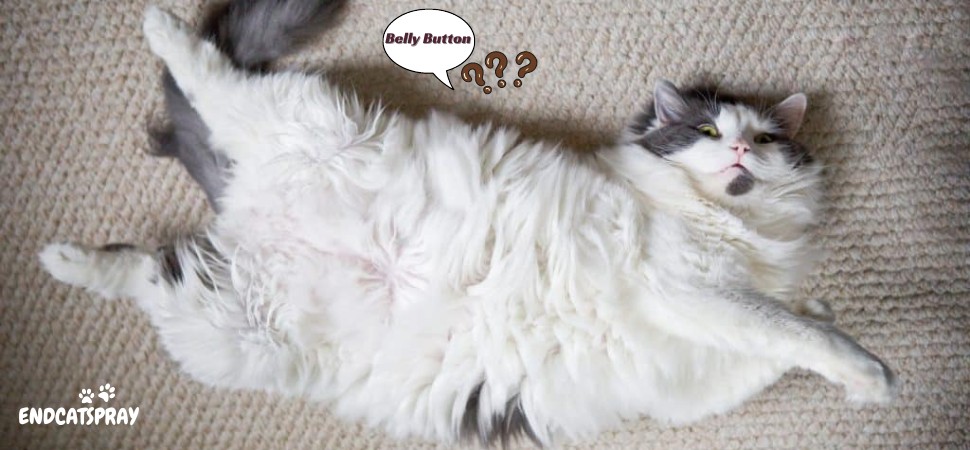Cats are one of the most loving creatures with unique and mysterious abilities. Whether it be their playful tricks or their comfy fur coats, it cannot be denied that cats are beautiful creatures. However, do cats have belly buttons? This query typically arises in a cat owner’s mind. Read on to learn about this in detail.
A belly button may not be instantly seen when a feline shows her stomach or rolls over. In reality, cat owners often do not give much attention to their pets’ belly buttons. Even though it is not as straightforward as human beings, yes, they do have belly buttons.
In this blog, I am going to tell you detailed information regarding what their belly buttons appear like and where they are located, so keep reading below.
Key Takeaways of do cats have belly buttons?
- A belly button is the mark left after birth when the umbilical cord is separated.
- Felines do not have a swollen belly button because they are born from another type of placenta.
- A cat’s belly button will appear and feel like a bump or a scar, helping you to identify.
- A hernia can be seen as a soft bump beneath the belly button of a feline.
- Injury, trauma, internal damage, weak muscles, or flawed muscle walls that permit tissue and organs to pass through can cause cat hernias.
- Cat hernia is not painful most of the time, and it can push back if you slowly put pressure on it.
What is a Belly Button?
A navel, also known as a belly button, is the mark left after birth when the umbilical cord is separated. The umbilical cord joins a growing fetus with the placenta, supplying oxygen and all the required nutrients. Post-birth, the umbilical cord is disconnected, and the remaining tissue becomes dry and then falls off, leaving a little mark behind.

Let’s discuss whether cats have umbilical cords when they are born. In the case of cats, their pregnancy usually remains for around 64-67 days; the queen or mother cat takes care of her little one via this umbilical connection in utero. When the babies are born, this connection is cut off, and the kitties are left with a scar called a belly button, similar to human beings.
Since you are clear about the question, do cats have belly buttons? Remember that they are not as evident as in all other mammals, like humans. Felines likewise do not have a swollen belly button because they are born from another kind of placenta. Instead, their belly buttons are flat and small, close to the lower abdomen.
Where Is My Cat’s Belly Button?
It is not an easy thing to find a belly button for your cat. The fur of a feline can make it challenging for you to spot, but still, you can locate it with proper attention. Remember that her belly button will appear and feel like a bump or a scar, helping you to identify.
In addition, a feline’s belly button has a diameter of around 0.5 cm on the underbelly beneath her last rib. Owners may find a clump of fur around the white, little scar.
Can you feel a cat’s belly button?
The answer to this question is yes. Typically, you can feel and touch the raised corners of the scar. Also, the presence of her belly button can differ depending on every feline’s fur pattern and color.
If you do not find it, a scar can be sheltered by her fur or in the same spot as the spay mark. If your feline is old, her scar may have cured so much that nobody can find or feel it.
Is the Belly Button of a Cat Similar to Human Beings?
Similar to human beings, felines have only one belly button. It is identical for every mammal, such as horses, dogs, and sheep. A feline’s belly button plays the same function as a human’s. However, it does not appear like a human being.
Moreover, the belly button of a queen does not collect hair like humans, either. This is because, unlike humans, there is no area of a cat’s belly button where there is a recession or an opening; it simply appears like a mark.
What are the Cat Belly Button Health Concerns?
Even though they hardly cause problems in a creature’s everyday life, belly buttons can still grow umbilical hernias, the most common kind of hernia in cats.
A hernia can be seen as a soft bump beneath the belly button of a feline. Few hernias can be treated on their own. Still, it is highly recommended to call your vet to guarantee that the hernia does not develop larger or cause a severe health issue.
Can cats get hernias?

As we have already discussed above, hernias in cats are very rare; that’s why when they develop, they are typically a condition that the feline has been born with. Injury, trauma, internal damage, weak muscles, or flawed muscle walls that permit tissue and organs to pass through can likewise lead to hernias.
A hernia is an assortment of fat, intestine, and sometimes other internal organs moving away from the abdominal cavity. Extreme bloating, constipation, or pregnancy are other possible causes of hernias in felines.

Also, a hernia after a spaying cat might happen if the wrong suture material is utilized or suture lines are inappropriately closed after a spay operation. They can occur if the cat is not kept quiet and lazy enough after being spayed while healing.
Types of cat hernias:
Usually, three common types of cat hernias are characterized by the body part in which they grow. They can vary from complex, in which the surgery will be needed, to uncomplicated, in which surgery is not required and can be fixed back into the spot.
The different types of cat hernias are as follows:
Umbilical hernia:
Umbilical hernias are close to the belly button and look like a soft bulge or protrusion. They are generally only observed in kitties because they develop as an outcome of the umbilical ring closed inappropriately after birth.
This hernia will likely close on its own without any treatment before it becomes 3 or 4 months old and is most evidently observed when they are meowing or standing.
Hiatal hernia:
A hiatal hernia grows in the cat’s diaphragm, which allows the different organs and stomach to move via the hole into the chest cavity. The hiatal hernia may be the consequence of genetics but is generally caused by a wound.
This kind of cat hernia is highly uncommon. When a congenital disability develops, it can sometimes develop and heal, which is called a sliding hernia.
Inguinal hernia:
This kind grows in the groin when the cat’s intestines can push via the inguinal canal. Commonly, It is the simplest type and, in numerous cases, will not lead to surgery and can easily be pushed back.
In a few serious cases, these intestines can become stuck in their muscle wall, which may be dangerous as blood flow is removed to the tissue, leading to tissue death. It is also one of the rarest kinds of cat hernias and is generally seen in pregnant females.
What are cat hernia symptoms?
If a cat hernia is identified early, they are typically not fatal. However, they can become serious if not treated properly. Let’s have a look at the various symptoms of cat hernias below.
- Vomiting and Sickness
- Blood in her urine
- A soft protrusion on your feline’s body
- Lethargy
- Loss of appetite
- Depression
Are cat hernias painful?
Most of the time, the lump is not painful and can go back if you softly put pressure on it. If this happens, it is because the cat hernia type is reducible, which means that the fillings of the hernia can be pressed back into your pet’s body. Remember, not every hernia is reducible.
If a cat hernia only comprises fat, you might not notice any symptoms despite the lump. Also, if it has any abdominal organs, owners may see a vast swelling that is very painful or hot, and your feline may lose its appetite, vomit, have bloody urine, or have less energy.
Diagnosis of a cat hernia:
If you doubt that a queen has a hernia, you must take them to your vet immediately for diagnosis. The vet will properly examine and identify the size of your feline’s hernia and whether it is hard or soft.
If it is stiff or swollen, it can indicate something severe, like a strangulated hernia, which occurs when a tissue part becomes stuck and removes the blood supply, resulting in the death of the tissue. If such cases arise, your feline will need surgery instantly to treat it. An X-ray will be essential in a few instances to confirm the finding.
What is the Treatment for Cat Hernias?

If a cat’s hernia is severe or if her internal organs have become twisted, then surgery is required. A vet will link medical mesh to toughen the cat’s weak muscles and protect the hernia from developing again.
Because cat hernias most normally grow in kittens or adult cats, veterinarians will likely treat it when your feline goes in for spaying or neutering to decrease the number of surgeries.
Wrapping Up:
In conclusion, although cats have belly buttons, they are not as prominent as compared to various other mammals, like humans. A cat’s belly button is crucial to fetal growth by supplying vital nutrients and oxygen to the developing kitten. Although unclear, the belly button is still a critical part of the cat’s anatomy. Furthermore, most cats can develop hernias, too, which has been discussed above quite in detail. Whether you are a cat owner or just thinking about cats having belly buttons, this blog is for you to learn about the basics of the cat body.
Reference Links:










